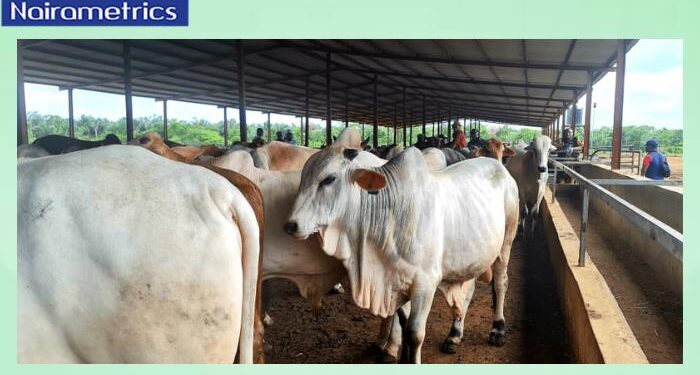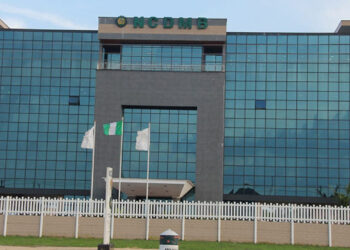Lagos, Nigeria’s commercial heartbeat, runs on an insatiable appetite for red meat. Every day, thousands of cattle, goats, and rams pass through the city’s bustling abattoirs to feed more than 22 million residents.
According to the Lagos State Ministry of Agriculture, the state consumes an estimated N328 billion worth of beef annually. The state requires about 1.87 million heads of cattle (equivalent to 468,416 metric tonnes of beef) each year to meet part of its protein demand.
Despite this massive consumption, local production remains extremely low. Figures from the ministry indicate that only 12,399 heads of cattle of the total demand are produced within the state. This leaves a wide supply gap that is largely filled through imports from Northern Nigeria and neighbouring countries such as Niger, Chad, Cameroon, and Burkina Faso.
According to the Development Agenda for Western Nigeria (DAWN), the southwest region is the highest consumer of livestock products in Nigeria, earning a place of importance in the global livestock industry. Of this region, Lagos state accounts for about 70% of the numbers.
Lagos currently has no functional ranch, even though the government is working on the Eko Ranch Project, designed to promote local cattle rearing, reduce reliance on imports, and strengthen food security.
Last year, no fewer than 10,000 heads of cattle were slaughtered in Lagos daily, including those processed in military barracks. This shows a big contrast: Lagos eats the most meat in Nigeria, but also remains the least self-sufficient in production. According to reports, Lagos state has a total of 16 abattoirs, of which the state government runs 11. However, many of them remain obscure.
Here is a list of 8 major abattoirs in Lagos

The Ilaje Abattoir in Bariga was officially launched in February 2021 by Governor Babajide Sanwo-Olu as part of the Lagos State government’s reforms in the red-meat value chain. The project was one of the first facilities to be completed under the state’s ATM agenda, an initiative focused on improving Abattoirs, Transportation, and Marketing within the livestock sector.
The abattoir was developed through a concession arrangement with Lion UNISCO, a private operator, and is recognised as one of Lagos’ semi-mechanised facilities built to international standards.
Located in Ilaje, Bariga, the abattoir was designed to serve communities across Somolu, Bariga, and adjoining areas on Lagos Mainland. The location was strategically chosen to decentralise meat processing from the congested Oko-Oba facility in Agege, providing nearby markets and butchers a more hygienic and accessible slaughtering centre.
According to the then Commissioner for Agriculture, Abisola Olusanya, the Ilaje Abattoir can process between 100 and 150 cattle daily, as well as 80 to 120 sheep and goats. The facility includes cold storage units and meat processing equipment to ensure proper handling and preservation of red meat. During the inauguration, the state government noted that the abattoir would generate about 800 direct and indirect jobs, creating employment for butchers, veterinary doctors, cleaners, and support staff.

















